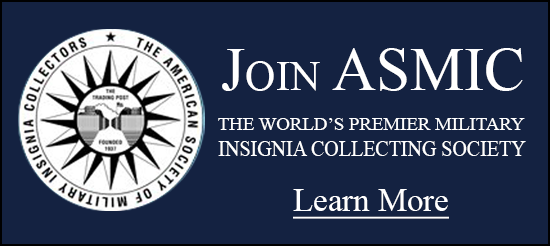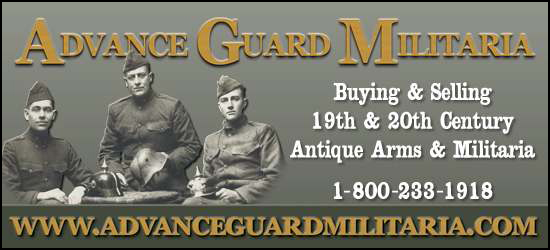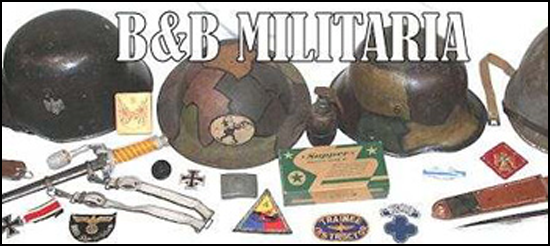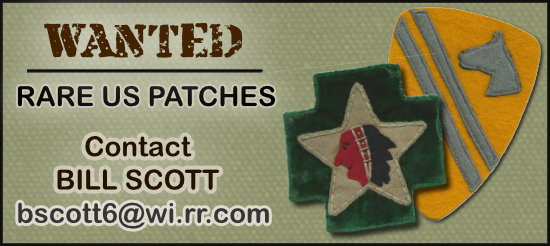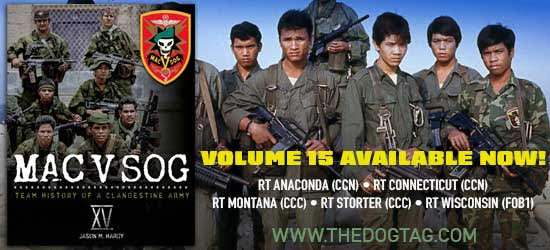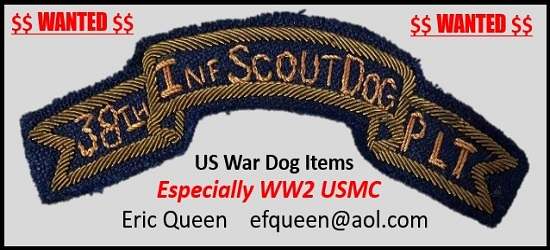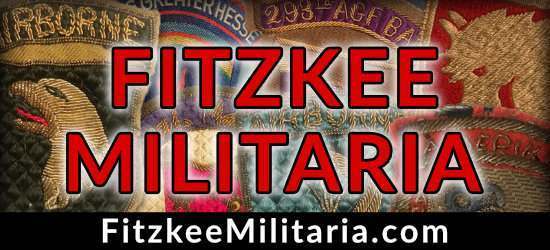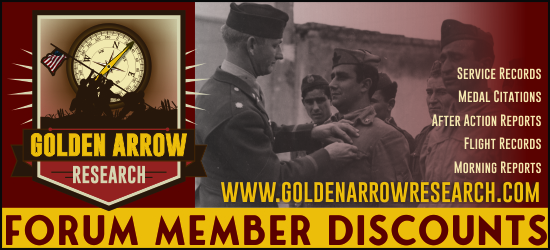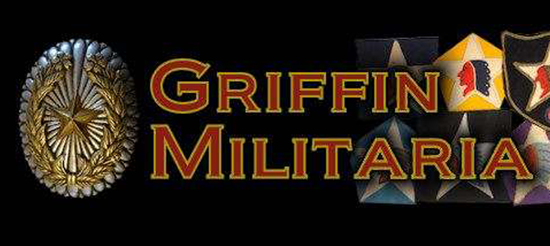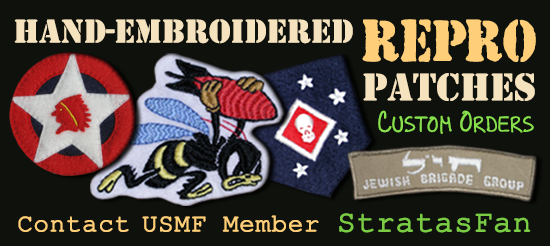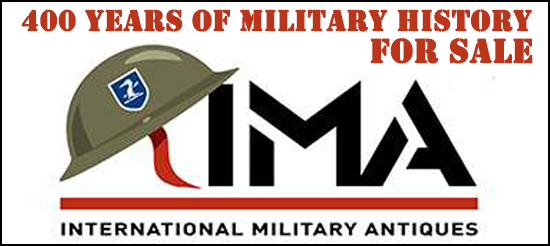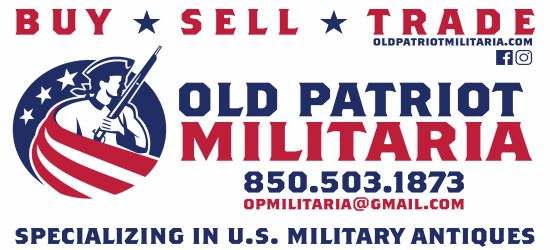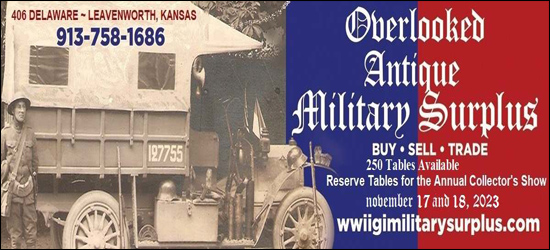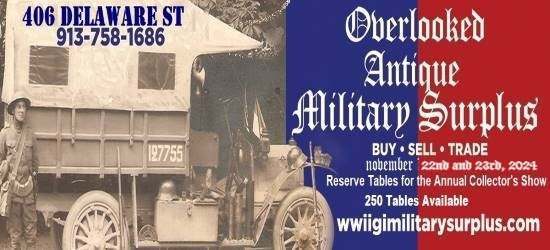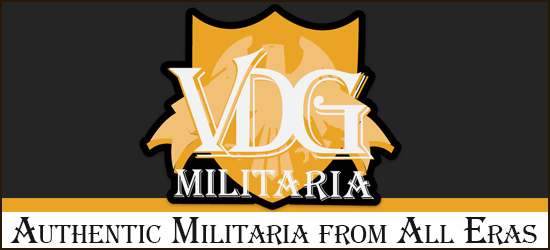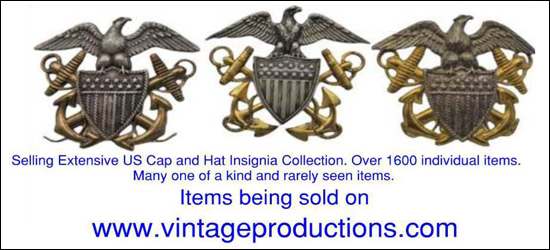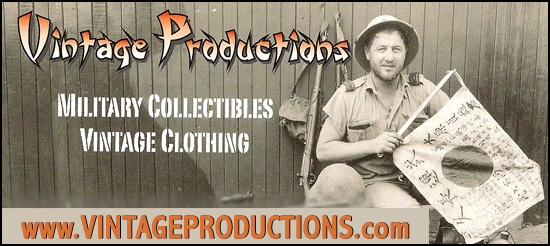-
Donate
Type donation amount in box below.
IMPORTANT! If you donate via PayPal using an e-mail address different than the one you are currently using on USMF and would like a 2024 Donor Icon added to your account, you MUST CONTACT vintageproductions or stratasfan and let them know what email address was used for the donation.
Thank you for supporting USMF.
Donate Sidebar by DevFuse -
Recent Posts
-

By Ayjl · Posted
Hi, I am writing a thesis about coated military capes/ponchos/raincoats manufactured in 1940s-1950s. The thesis is about the degradation of the coated materials and how to preserve the coated military capes/ponchos/raincoats. In the research, I have chosen 5 coated military clothing items: 1. P.Q.D 151 Rain Jacket, manufactured by A.B. Zuckert Co. on 18th September in 1942 2. P.Q.D. 71F raincoat, manufactured by the U.S. Rubber. Co. on 30th June in 1943 3. P.Q.D. 291B poncho, manufactured by the U.S. Rubber. Co. on 19th November in 1943 4. Khaki asymmetrical impregnated military cape manufactured in Salford, the United Kingdom, in 1941 5. Khaki asymmetrical impregnated military cape manufactured by Ministerie van Oorlog, the Netherlands, in 1954 (The 4. and 5. are unrelated to the U.S. army, but if anyone knows anything about the the design of asymmetrical shape of military capes and would like to share the information, I would love to learn more about it. You can see the design in the pic.) I found the amazing information about P.Q.D 151 Rain Jacket, manufactured by A.B. Zuckert Co. on 18th September in 1942 on the website: http://www.usww2uniforms.com/151jacket.html#thumb Unfortunately, I don't know much about P.Q.D. 71F raincoat and 291B poncho, so if anyone knows anything regarding to the development of design or history, I would be happy to hear about it. What I already know is that the 2 clothing items from the U.S. are using syntheic resins, PVC, for coating. On the surface of these 3 clothing objects, there are quite a few white spots (for now we think it is blooming, which is the common degradation of resins), and some stains. And P.Q.D. 151 is very stiff, inflexible and somewhat tacky. I wonder whether people who collect vintage military gears have also observed or encounted clothes in such conditions and how you guys deal with it or (restore/fix) it. I also created a survey, if anyone is interested in partcipating and willing to help my research: https://uva.fra1.qualtrics.com/jfe/form/SV_2czVznMA0ihuiqi -

By Brian Dentino · Posted
Soak those in some Kroil! will make your life of fitting the receiver sections in much easier and will remove all of that rust with a good soak and some wiping down. Love the build so far! Glad I have one that goes bang. Such a fun shooter! -
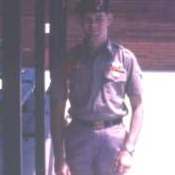
By rtd_sf_eng · Posted
The Heatland and Militaria Show, which will be held on the 28 and 29 of June this year, has moved to the Oklahoma City State Fairgrounds. For additional information regarding setups, please contact Matt Hindi. 405-503-3665. -

By pfrost · Posted
I did some more research. This is from a post made by Heath some time back: Apparently, this was the CAA wing used in 1940. But note that it doesn't include the CAA-WTS around the rim. The CPTP (part of the CAA), only became the CAA-WTS in 1942 (like the other wings). According to Heath (see post #463), "This wing insignia was ... manufactured by the Irvin H Hahn company in Baltimore. Hahn never pictured this design in a catalog that I am aware of. The original and only die used to manufacture these wings was acquired by me directly from Hahn's factory." This does suggest that the general design of the Wright Flyer wing was around by 1940 or so (which would predate the CAA-WTS). But the 1940 CAA wing is not the same as the 1942 CAA-WTS wing. This suggests that there are actually THREE very simialr wings, the 1940 vingate CAA Wright Flyer made by Hahn and the 1942 vintage Wright Flyer CAA-WTS wing AND the Indian Head CAA-WTS wing. I think a reasonable person could posit that the Wright Flyer wing was the first version of the CAA-WTS wing. Or not... I suspect that the "truth" is still out there. -
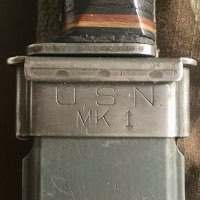
By MCH · Posted
One of my favorite knives from my dad’s collection. Not sure when or where he got it. As a Navy Veteran, this one speaks to me, even beyond the personal connection. -

-

By Collector2 · Posted
As far as the markings on the refurbished scabbard go; the W means that the leather has been waxed which appeared from 1923 onwards and the 40 may be the date. The S.EN would probably be the makers initials of the leather section, one of the later ones which does not appear to show up in Skennerton's books that I could see at this time. Cheers. -

-
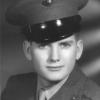
By Bill_Carman · Posted
Hi, just saw you post and question about the finish of the model 1913, Cavalry Sabre, aka Patton Saber. her is a pic from: Swords and Sabers of the Armory at Springfield book hope it helps. very often once the saber left service it got a paint job of some sorts. I restored one, an LF&C and the black paint came off very cleanly revealing the book mentioned brown finish. All my others I just have not had the time to start. bill -

By Scott C. · Posted
For what it's worth: a small (3/4" x 3/4") CAA Victory pin from my collection. Tough to see, but under the upper part of the pin is marked with a raised "Sterling" and "A.E.&Co, Utica, N.Y."
-
-
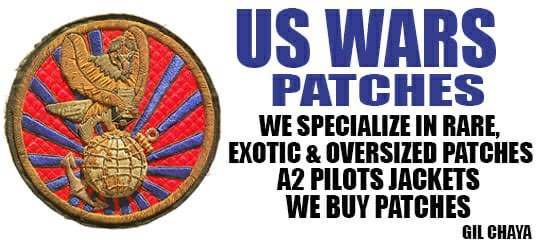
-

-
* While this forum is partially supported by our advertisers, we make no claim nor endorsement of authenticity of the products which these advertisers sell. If you have an issue with any advertiser, please take it up with them and not with the owner or staff of this forum.


